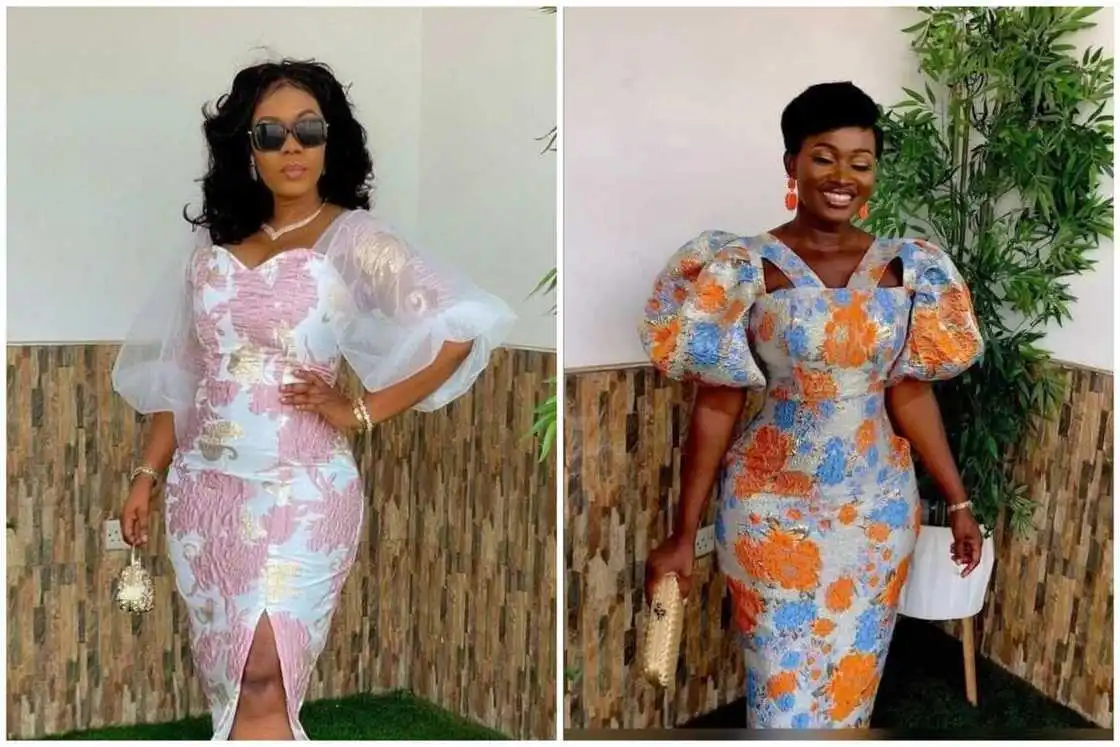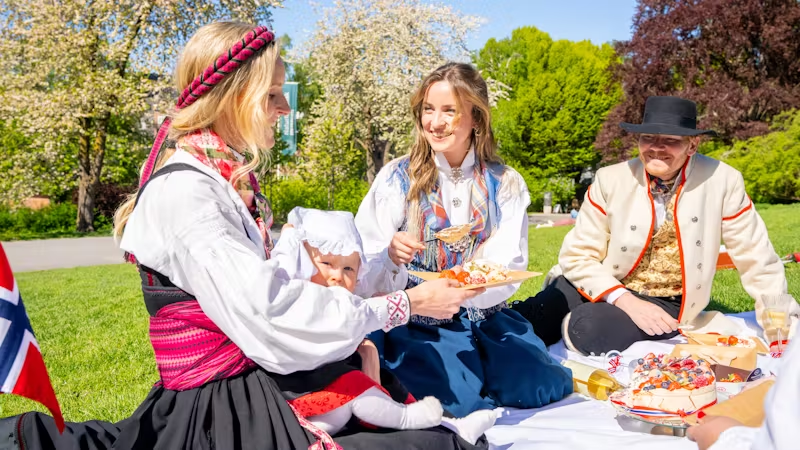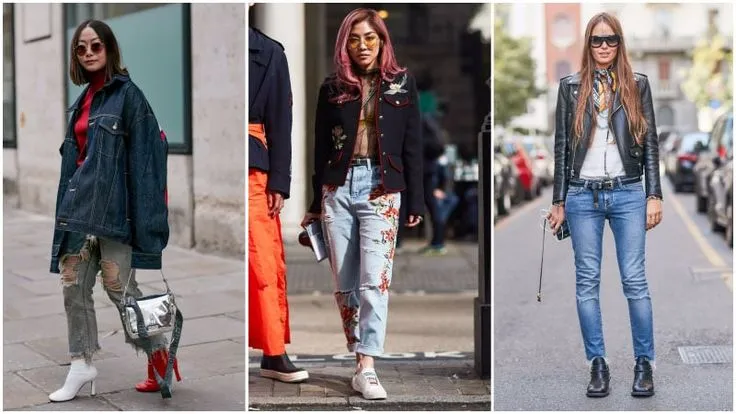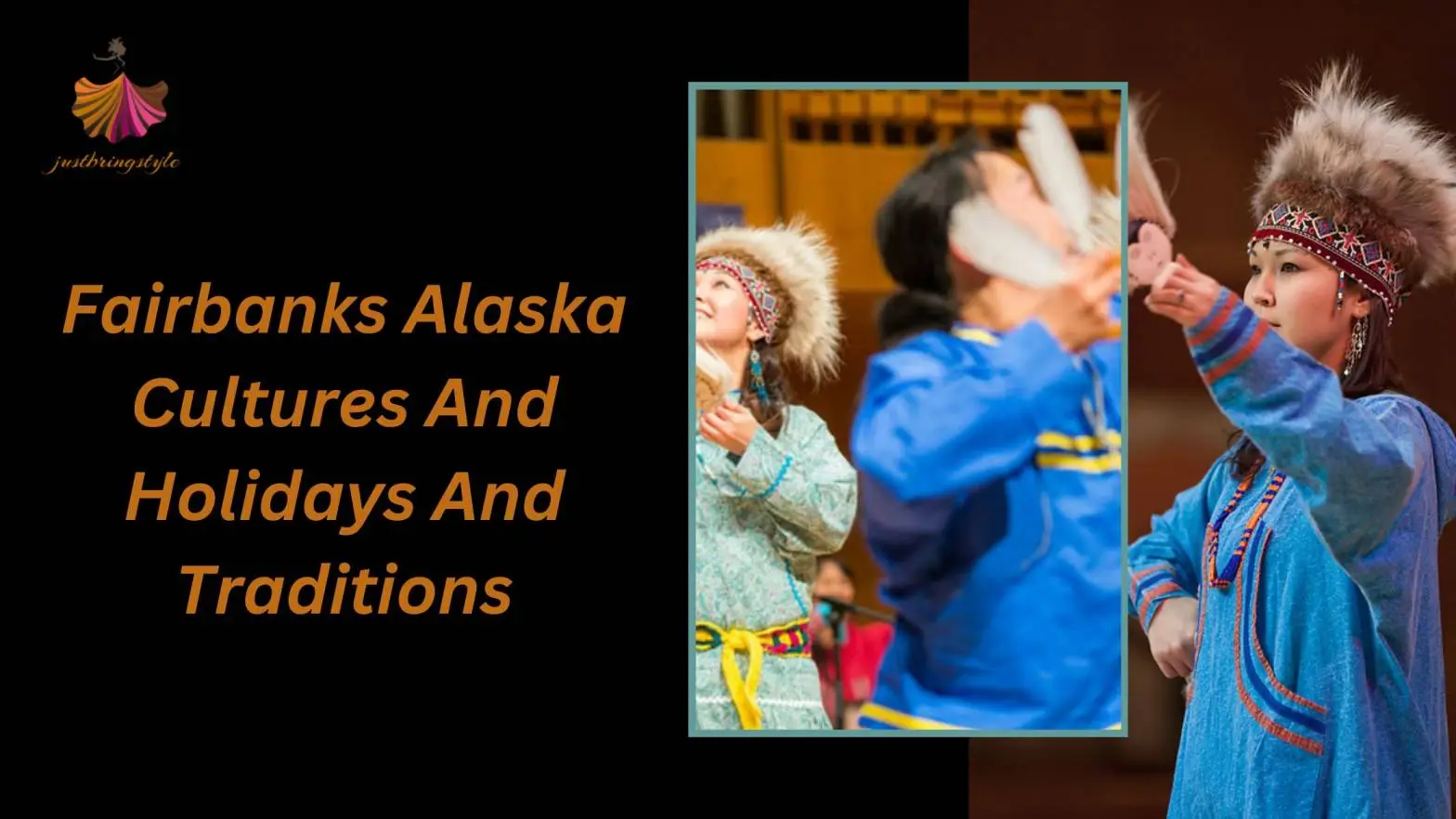Vintage Womans Damask Fashion, opulent fabrics, and always shifting trends, the 1800s womans' damask dress is fascinating. From the Regency until the Victorian century, women's clothes clearly matched society trends, technological and philosophical developments in fabric manufacturing, and changes in textile political environment. Fashion trends have been mostly dictated by fabrics over this century; Vintage Womans Damask Fashion has been one of the standout choices in many top-notch outfits.
Introduction to Damask Textiles
Originating from Eastern weaving customs, damask is richly patterned silk or linen fabric with great texture and complexity. Made from weaving flat, glossy threads on the front of the cloth, Vintage Womans Damask Fashion is a twill weave fabric with an intriguing reversible design. The name reflects damascene as Damascus ( Syria) is where it started. Wombans damask fashion was well-known in the 1800s for elegant home items and clothing.
Read Also: The Evolution of Fashion Trends for Teenage Guys
Use of Damask in Fashion 1800s

Historical relevance
People thought of damask cloth in the 19th century as a luxury good that represented riches and culture. Men usually wear it at formal events; its elegant patterns and rich textures make it the choice among high society. Though silk has been used for centuries, its popularity in fashion by the middle of the 19th century confirmed it as always associated with grandeur.
Popularity Among the Nobility
Rich families in eighteenth-century France mostly utilized damask dress for occasions. It became to represent riches and elegance. High society women donned damask robes and added accessories to show great taste. Being so adaptable, the fabric could be used in evening wear to ball dresses and clothing appropriate for a variety of events.
The qualities of damask cloth
Damageask is what?
a reversible figured fabric spun from silk, wool, or another fiber using intricate the latest damask styles for ladies. Usually composed of silk or linen, this kind is unique in that the pattern weaves more complex motifs seen on both sides using both warp and weft. Usually this pattern produced by combining glossy and matte threads together yields iDamask's unique look.
distinctive characteristics of damask
The power and rich touch of damask cloth define it most. The different weaving technique produces this strong texture. Their charm stems from occasionally geometric or floral patterns on these objects. Damasksk was a suitable choice for the richly fashioned clothing of 1800s people given its body and wrinkle-resistant properties (picture from here).
Early 1800s: Damask
Trend in Fashion over the Decade
Known in women's design in the early 1800s, the Empire silhouette had a low bust line and a high waist tied slightly below with an ivory silk ribbon. Rich and luxurious damask dress for a wedding was used by designers to construct formal gowns and evening dresses, hence elevating the Regency wardrobe. Featuring rich patterns and such a luxurious touch, the fabric effortlessly meshed with both senses.
Damask and Notable Figures in Fashion
The elite of early 19th-century Britain also loved damask, hence you may connect it with a bygone period of privilege. Queen Charlotte and other well-known women of high society favored damask, a fabric with a sumptuous quality, for formal wear. These garments showed the beauty this fabric could provide in line with high-society trend.
Damask during the mid-1800s
Changes in Trends in Fashion
Victorian Era Older Than Now Styles were more regimented in the middle of the 1800s, and bell-shaped dress designs were invented; most women thus wore some kind of corset. Commonly used crinoline and bustle altered the female archetype. Popular choice in fabric, damasksk appears both daywear and eveningwear. Its adaptability kept it a fashion trend for years since trends come and pass.
Influence of Political and Social Aspects on Views

Fashion trends were greatly influenced by social and political developments from the mid-1800s including the Industrial Revolution, a change in class structure, etc. WhilDamasksk still expressed a sign of privilege even as it became more and more accessible to the high society. People have traditionally selected this fabric for clothing worn at several official ceremonies, and many still find great connection with it.
You May Also Read: Do You Wear Black To A Celebration Of Life
Late 1800sdamask
Changing Damask Styles
Like everything of fashion, the damask style started to change in shape and pattern. From elaborate evening gowns to more basic daytime clothes, the material was prized in everything. The change in the age toward a greater range of aesthetics and a more general sense of overall design innovations resulted in more diversified complex design patterns.
Designed as Trailblazers
Though people previously knew about Damask, late 1800s fashion designers such as Charles Frederick Worth encouraged it to acquire legendary status by adding it into their designs.Byzantine era saw the creation of the sophisticated designs found in damask silk cloth. Worth included it into his couture creations to provide the fabric classic elegance. These efforts sustained Damasksk in high couture.
Styles of Clothing Using Damask Dresses and Gowns
For formal attire—including gowns and dresses—damask makes a great fabric choice. Wearing opulent items with tone-on-tone or multi-colored designs, it was meant for evening and day to remember minefields. Dresses with damask-embellish elements were elaborate enough to improve the wearer's social standing and attractiveness.
Shawls and Jackets
Jackets and shawls made from damask additionally accentuated these clothing. With its rich hues, outerwear—which occasionally featured complex needlework and designs—was a great way to employ this robust cloth.
accessories and trimmings
Damask cloth was used in accessories including sashes, ribbons, and other decorative items. One can dress formally or casually depending on the crown.
How should one take care o Damask?
Correct Method of Cleaning
Such fragile fabric means that if you want damasks to remain looking nice, they must be handled gently. It's because machine washing can damage this delicate fabric; dry cleaning Vintage Womans Damask Fashion is more advisable. Spot cleaning is allowed depending on the degree of a stain as long as it does not impair or ruin your design.
Recommendations for Storage
Damask clothes is a delicate fabric so it should always be kept dry and cool away from sunshine. This covers avoiding damage and maintaining the fabric from worsening by utilizing padded hangers and clothing bags. Keep Vintage Womans Damask Fashion objects away from moist and humid environments.
Style: Damask From Decline to Revival
Elements Causing Decline
Early in the 20th century, damask bubu style lost appeal as new hardwoods and fabrics emerged. Affordable materials became accessible and new styles caused damask sewing cloths to lose appeal as fabric manufacture industrialized.
Modern Revival and Impact
vintage damask fashion for women has been seeing a rebirth lately despite the downturn; current designers are including it into fresh ensembles. Vintage Womans Damask Fashion pieces are also beloved by collectors, indicating the ongoing appeal of this upscale fabric.
1800s wasteful custom of Damask Fashion

Effect on Current Fashion
For modern interior designers, the history of damask-style fashion from the 19th century still serves as a compass. Many contemporary fashion trends owe much to past designs, and the Vintage Womans Damask Fashion pattern is only one of the methods fashionable designers cite when they create fresh collections. This cloth looks so elegant and has such a history that this weaving never goes out of trend.
Conclusion
The beautiful cloth known as damask reflected the pure grace of 1800s women's dress code. From its use in opulent gowns to accentuating modern design trends, damask has been a beloved and respected fabric throughout decades. Its legacy reflects the grace of 19th-century fashion as well as its long-lasting influence on the scene. Click here to learn about fashion of guys in the 1920s.






